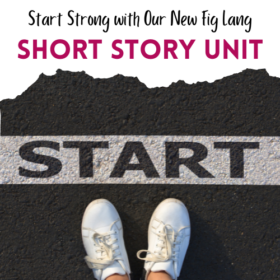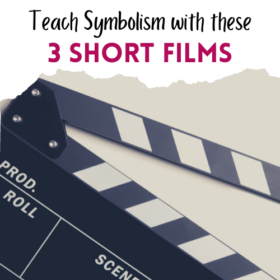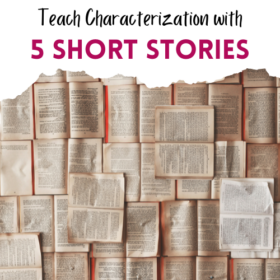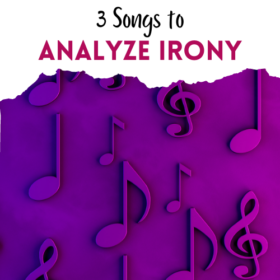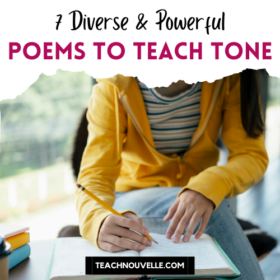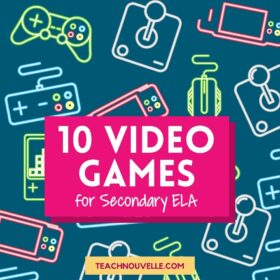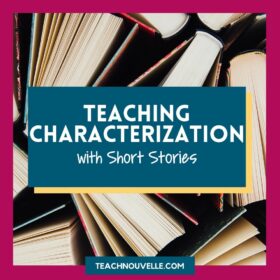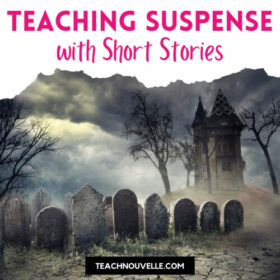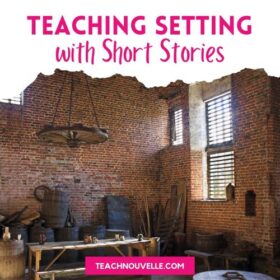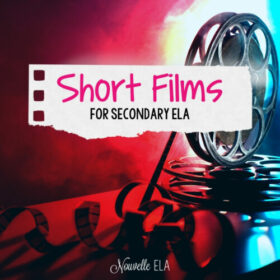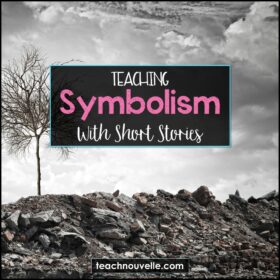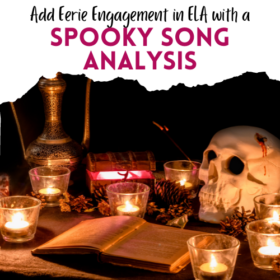
3 Spooky Songs to Analyze for a Halloween Inspired Activity in Secondary ELA
As Halloween approaches, it’s the perfect time to add a little eerie excitement to your classroom with some spooky songs to analyze! For secondary ELA educators looking to spice up their lesson plans this October, we’ve curated a thrilling collection of three spooky songs that are ripe for literary analysis. Each song is a gateway to exploring rich literary elements like imagery, tone, and irony, all while engaging students with the fun, festive spirit of the season. This blog post will guide you through using these spooky songs to analyze and dissect with your students, ensuring a lively, interactive, and educational experience. Get ready to turn up the volume, dive into the lyrics, and unravel the mysteries of these haunting tunes just in time for Halloween! 3 Spooky Songs to Analyze this Halloween Listen…I am

